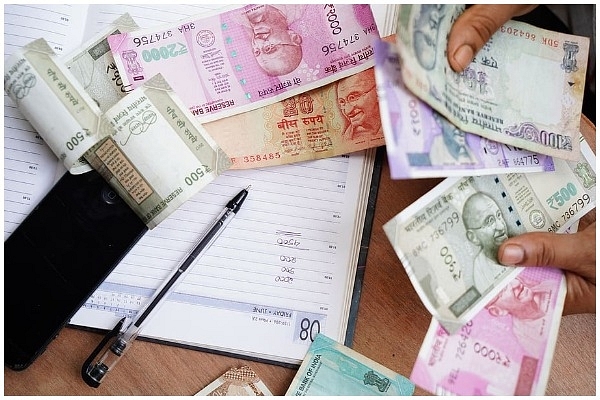
Small Savings Rate Cut: Here’s Why The Critics Are Wrong
The substantial cut in small savings rates will very likely have positive implications for the economy and will strengthen the process of our recovery.
Here’s how.
Small savings rates have been discussed several times in the past and many governments have argued on linking them to external benchmarks.
However, these rates have been successively administered by governments.
Recently, the government made a historic cut in the small savings rates and many were quick to criticise the move.
But here is why the critics are wrong. A small savings rate of 8 per cent at a time when inflation was 10 per cent meant that the real return on small savings was – 2 per cent.
In contrast, a savings rate of 8 per cent when inflation is 3 per cent means that the real return is more than 5 per cent. The thing that people forget (money illusion) is that when they got a rate of return of 8 per cent, higher inflation in effect meant that the real return was – 3 per cent.
That is, prices were increasing faster than the return on their deposits which was reducing their purchasing power. The exact opposite is happening now even though the nominal rates have reduced.
Indeed, savings rates, FD rates have all come down, but they had to come down since inflation was down.
In fact, the key criticism has been that the deposit (and consequently lending) rates were not reduced as aggressively as needed to meet with the drastic reduction in inflation.
One needs to understand the complex relationship that exists between small savings rates, bank deposit rates and lending rates.
A high rate of return on small savings is more attractive to depositors who would prefer to keep their funds under these schemes rather than bank deposits.
A consequence of this is that banks would have to offer higher deposit rates to ensure they are competitive enough. The cost of higher deposits is then passed on to borrowers as lending rates continue to be high.
In the event of repo rate cuts by the Reserve Bank of India (RBI), ordinarily, banks should slash borrowing and lending rates.
However, the high rates on small savings restrict their ability to pass over the entire benefit to borrowers. This results in dampening monetary policy transmission in India, an issue which has been raised several times in the past by successive committees.
By moderating inflation while keeping the nominal lending rates high, we have one of the highest real cost of capital and this in turn affects our competitiveness.
In fact, one of the most difficult yet important decisions taken in NDA-1 during the Atal Bihari Vajpayee government (1999-04) was to slash small savings rates. Interest rate on the ‘benchmark’ small savings was reduced from 14.5 per cent to 9.5 per cent in four years.
This led to an equivalent fall in the interest rate on corporate borrowings. A consequence of this was a systematic increase in investment over subsequent years combined with the housing boom due to the narrowing gap between EMIs and rents.
NDA-2 under Prime Minister Narendra Modi also reduced interest rates on small savings in 2016, however, the reduction at present has been substantial. This will very likely have positive implications for the economy and will strengthen the process of our recovery.
However, many senior citizens can be potentially upset by the move. They must be told that with lower inflation, their real returns are much more than what they were in early 2010s.
Moreover, it is important to explain that lower cost of capital will create a vibrant economy, ample job opportunities and significant value addition in future. This in turn will benefit their children, and grandchildren. There is indeed an inter-temporal dimension here which is important to consider.